On Monday the 16th of April 2018, our director Laura Moretti opened the exhibition Travelling Images: Venetian Illustrated Books at the University of Edinburgh at the Centre for Research Collections, University of Edinburgh.
The exhibition is co-curated by Linda Borean (Università degli Studi di Udine) and Laura Moretti (University of St Andrews), with Elizabeth Quarmby Lawrence (Centre for Research Collections, University of Edinburgh), funded by The Royal Society of Edinburgh, and supported by the School of Art History, University of St Andrews, and Thinking 3D.
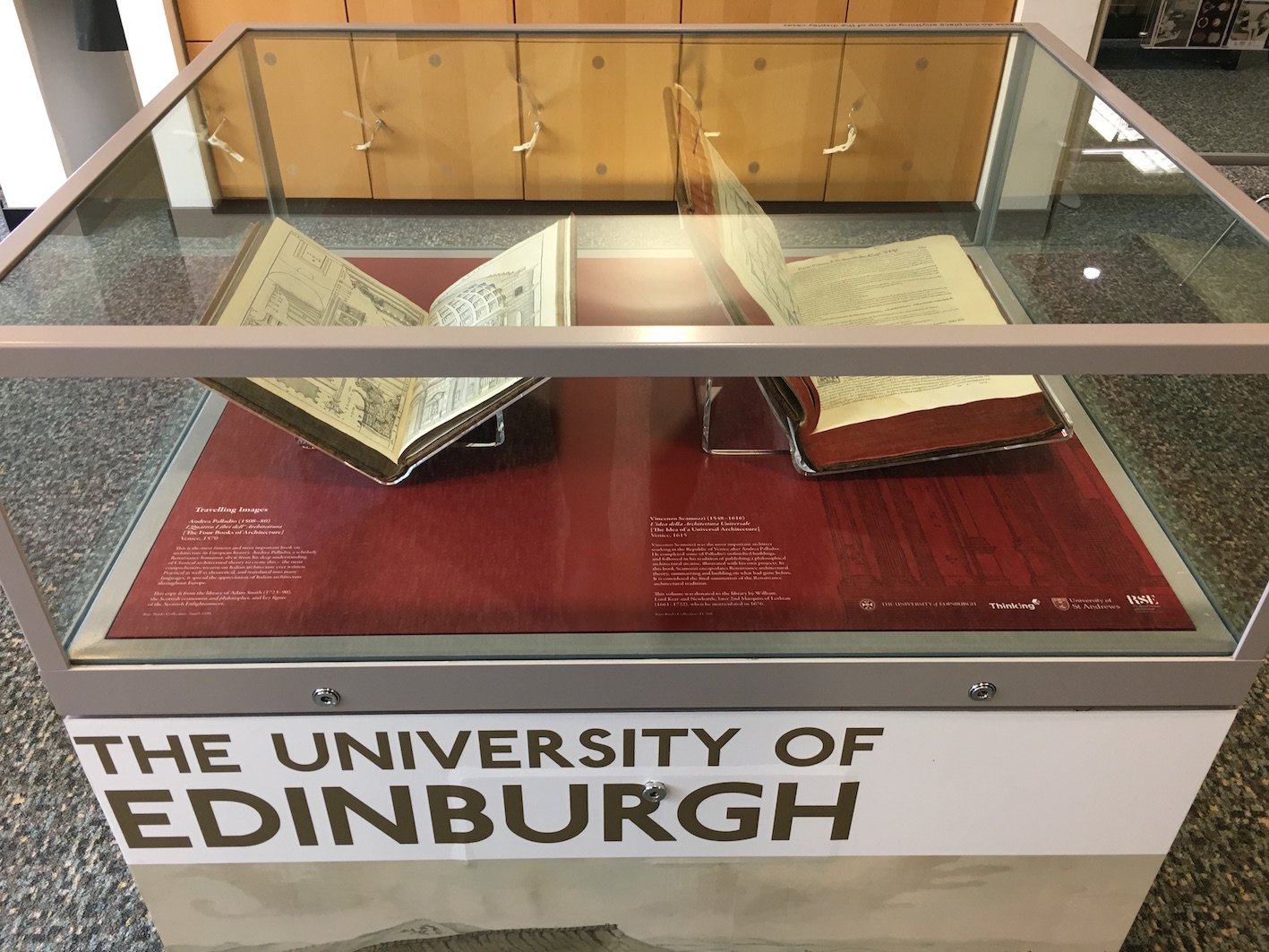
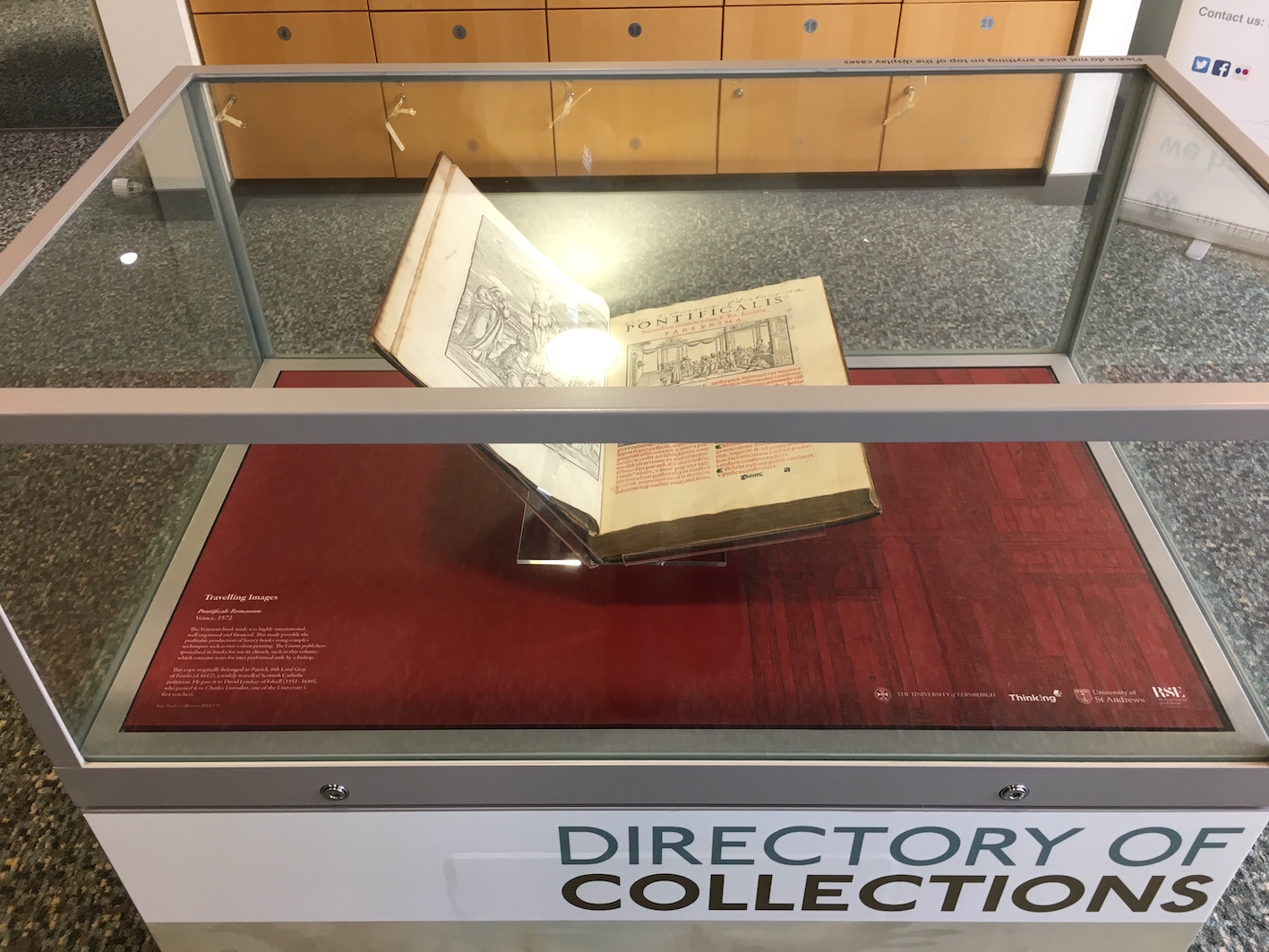
The exhibition forms part of a project entitled “Venetian Renaissance prints, drawings and illustrated books in Scottish collections”, that Dr Laura Moretti carried out together with Dr Linda Borean, Università degli Studi di Udine. The project received a grant from the Royal Society of Edinburgh, under the scheme “Research Workshops in the Arts and Humanities” in December 2015. Activities started in March 2016 and concluded in December 2017 (this exhibition constitutes a tail of the work). The main objective of the project has been to provide an exploratory survey on the visual materials represented in Scottish public collections, focusing - as the title suggests - on prints, drawings and illustrated books.
During the Renaissance, Venice was one of the most important centres of book production in Europe, specializing in classics, devotional texts, and a myriad of treatises ranging in subject from anatomy to architecture, from geometry to astronomy, and the natural sciences. They also distributed more books than any other Italian cities, owing to the importance of their seaport acting as a vital trading and cultural links within Europe and between Europe and the rest of the world.
From an initial selection of over c.110 illustrated books produced in Venice in the period and now preserved at the University of Edinburgh Library, three volumes were ultimately chosen on the basis of their material qualities and the reliability of the available information regarding their provenance:
Pontificale Romanum (1572). The Venetian book trade was highly international, well-organised and financed. This made possible the profitable production of luxury books using complex techniques such as two-colour printing. The Giunti publishers specialised in books for use in church, such as this volume, which contains texts for rites performed only by a bishop. This copy originally belonged to Patrick, 6th Lord Gray of Fowles (d.1612), a widely-travelled Scottish Catholic politician. He gave it to David Lyndsay of Edzell (1551-1610), who passed it to Charles Lumsden, one of the University’s first Regents.
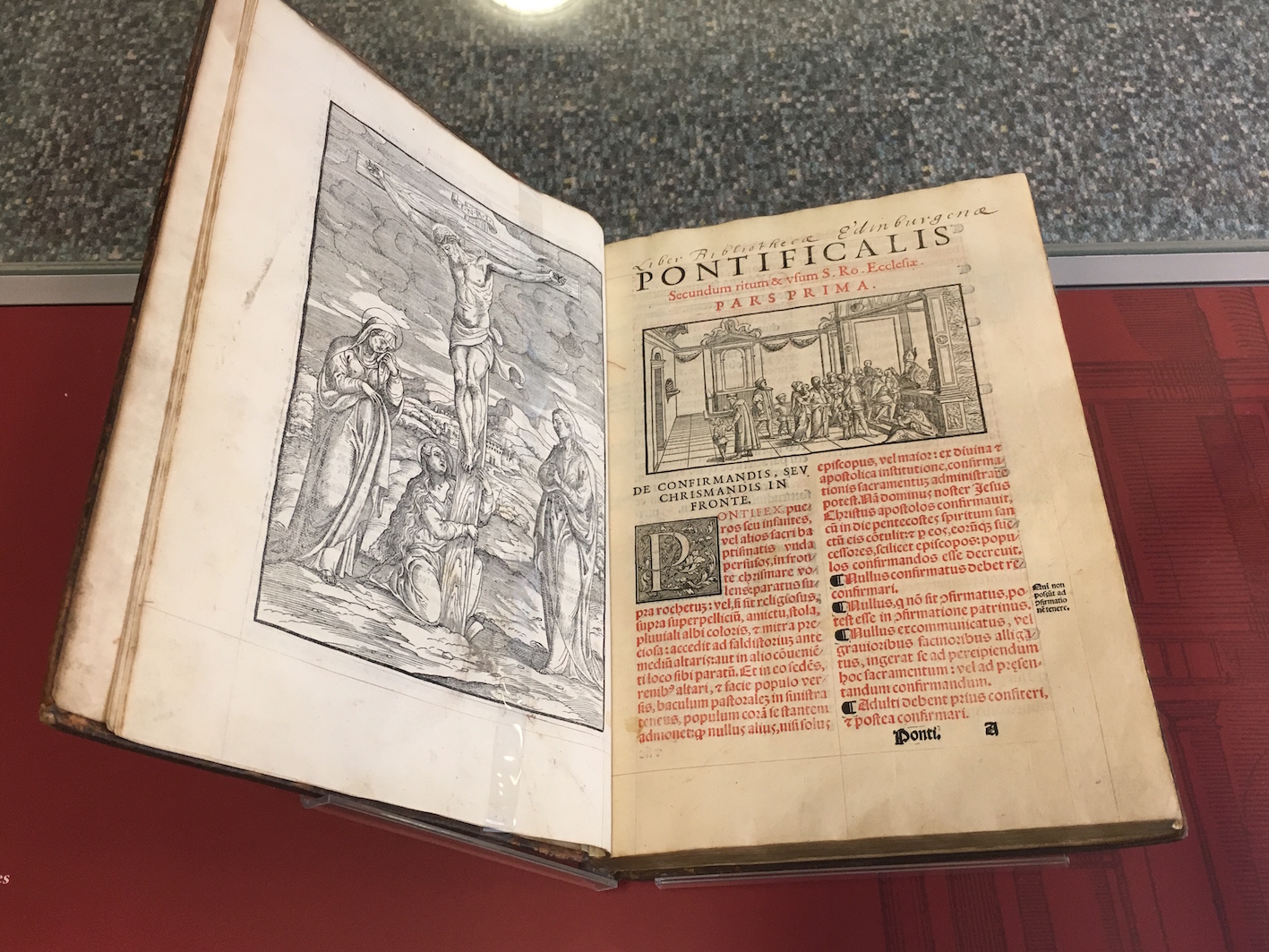
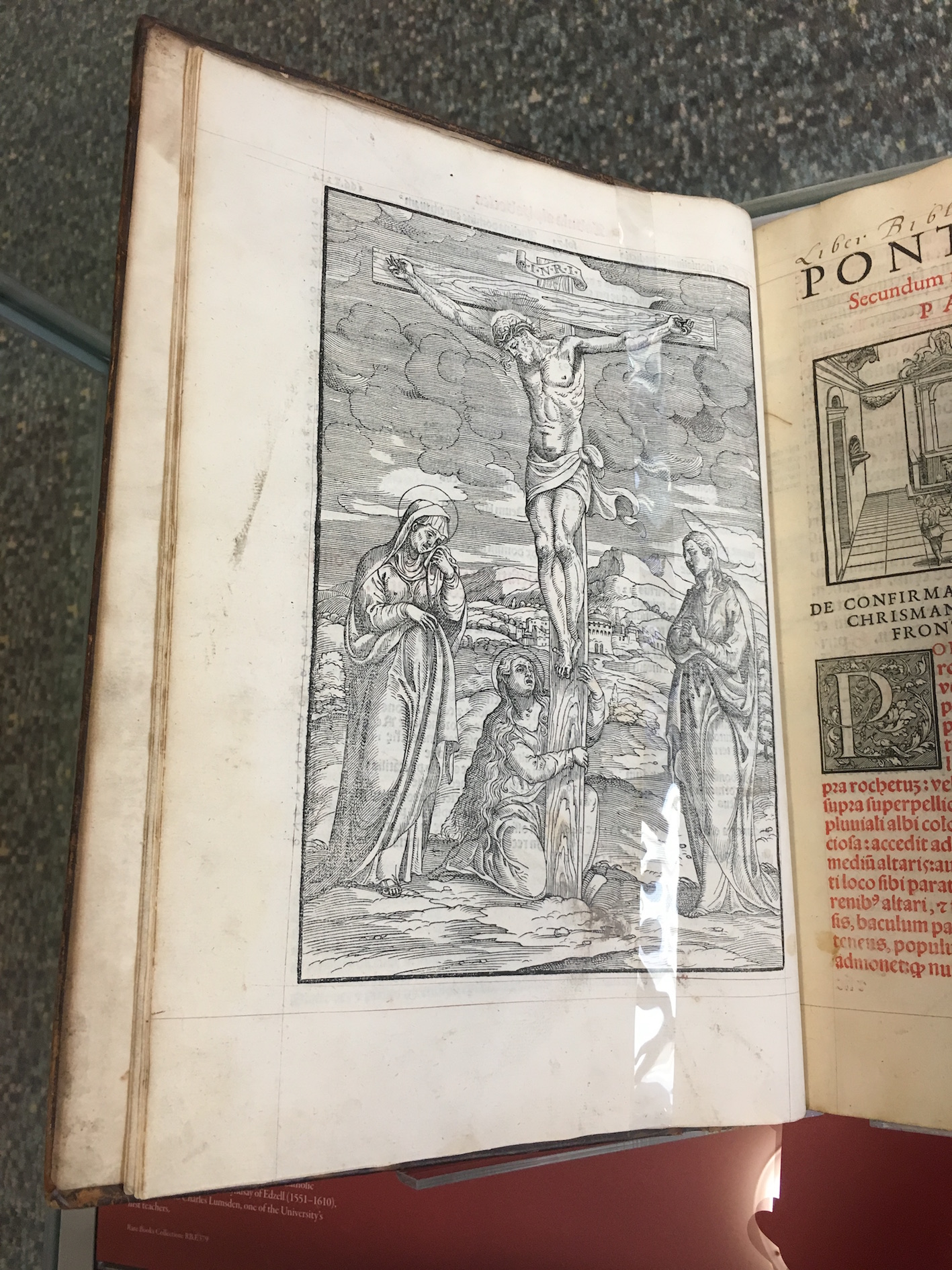
I Quattro Libri dell’Architettura (1570) by Andrea Palladio (1508-80). This is the most famous and most important book on architecture in European history. Andrea Palladio, a scholarly Renaissance humanist, drew from his deep understanding of Classical architecture theory to create The Four Books of Architecture – the most comprehensive treatise on Italian architecture ever written. Practical as well as theoretical, it spread the appreciation of Italian architecture throughout Europe. This copy comes from the library of Adam Smith (1723-90), the Scottish economist and philosopher, and key figure of the Scottish Enlightenment. The University of Edinburgh holds about half his original library (850 works in 1,600 volumes), including books on politics, economics, law and history, but also many literary works, particularly French literature, and books on architecture.
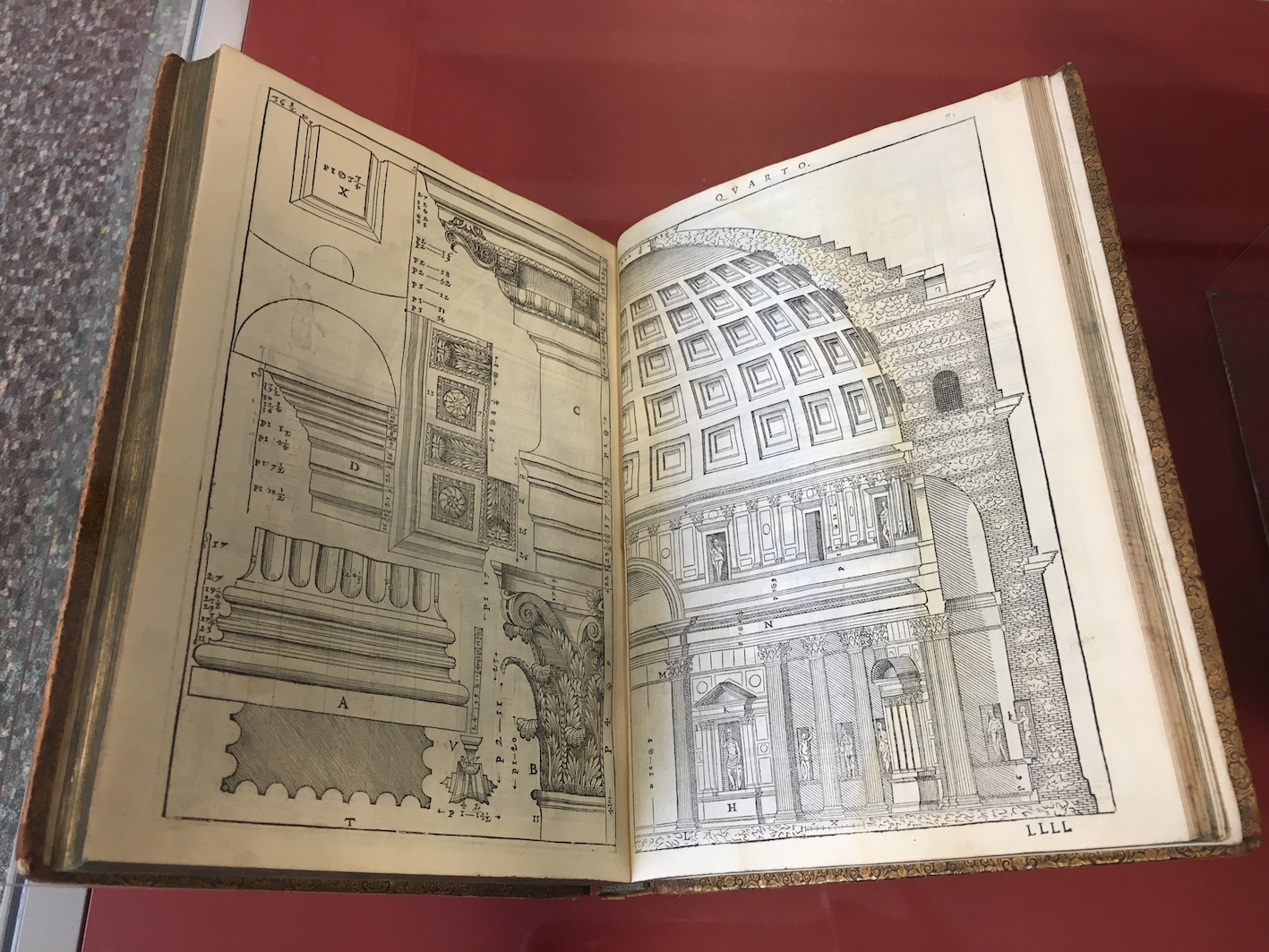
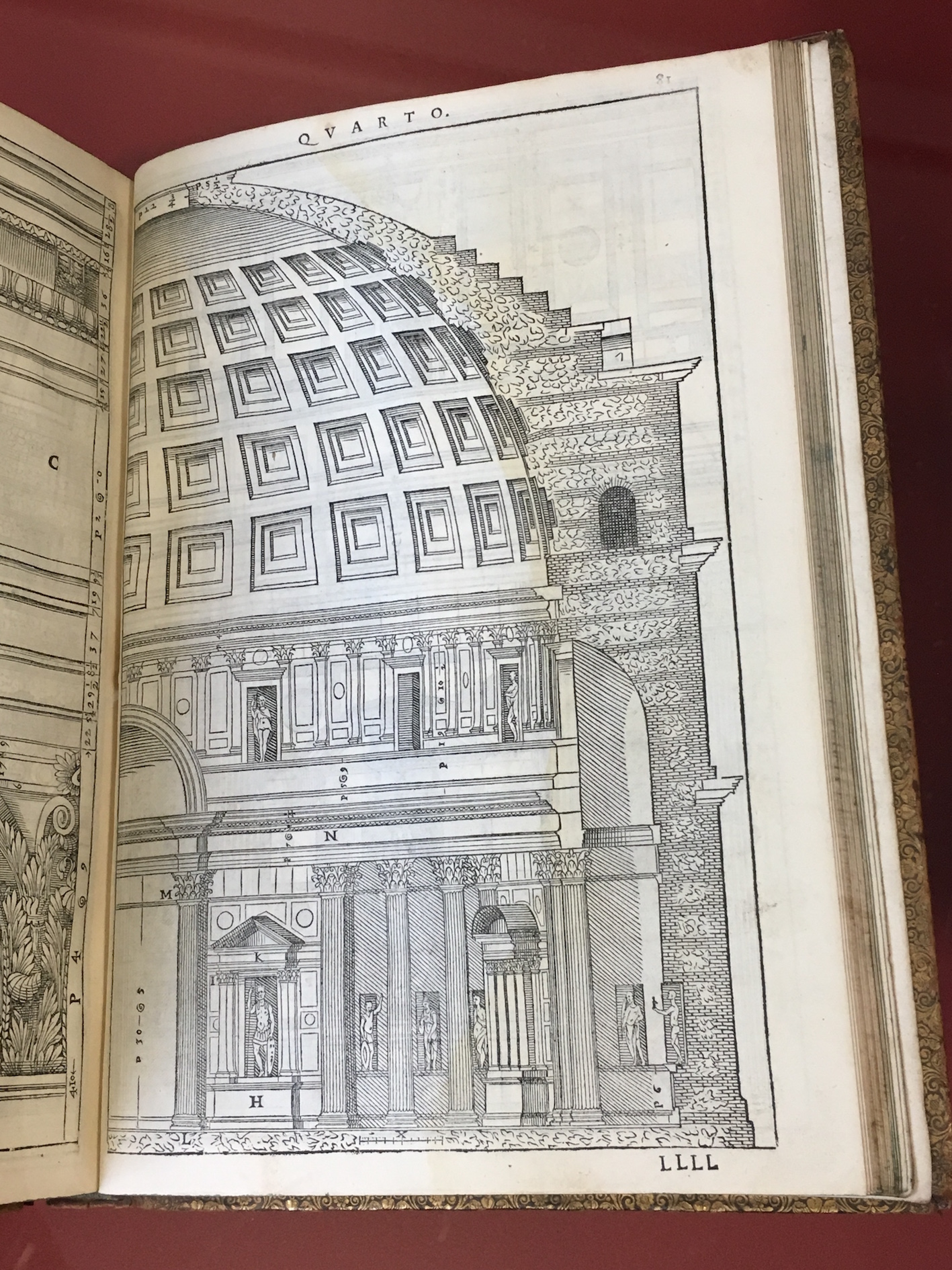
L’idea della Architettura Universale (1615) by Vincenzo Scamozzi (1548-1616). Vincenzo Scamozi was the most important architect working in the Republic of Venice after Andrea Palladio. He completed some of Palladio’s unfinished buildings, and followed in his tradition of publishing a philosophical architectural treatise, illustrated with his own projects. In this book, Scamozzi encapsulates Renaissance architectural theory, summarising and building on what had gone before. It is considered the final summation of the Renaissance architectural tradition. This volume was donated to the library by William Lord Kerr and Newbattle, later 2nd Marquiss of Lothian (1661-1722), when he matriculated in 1676.
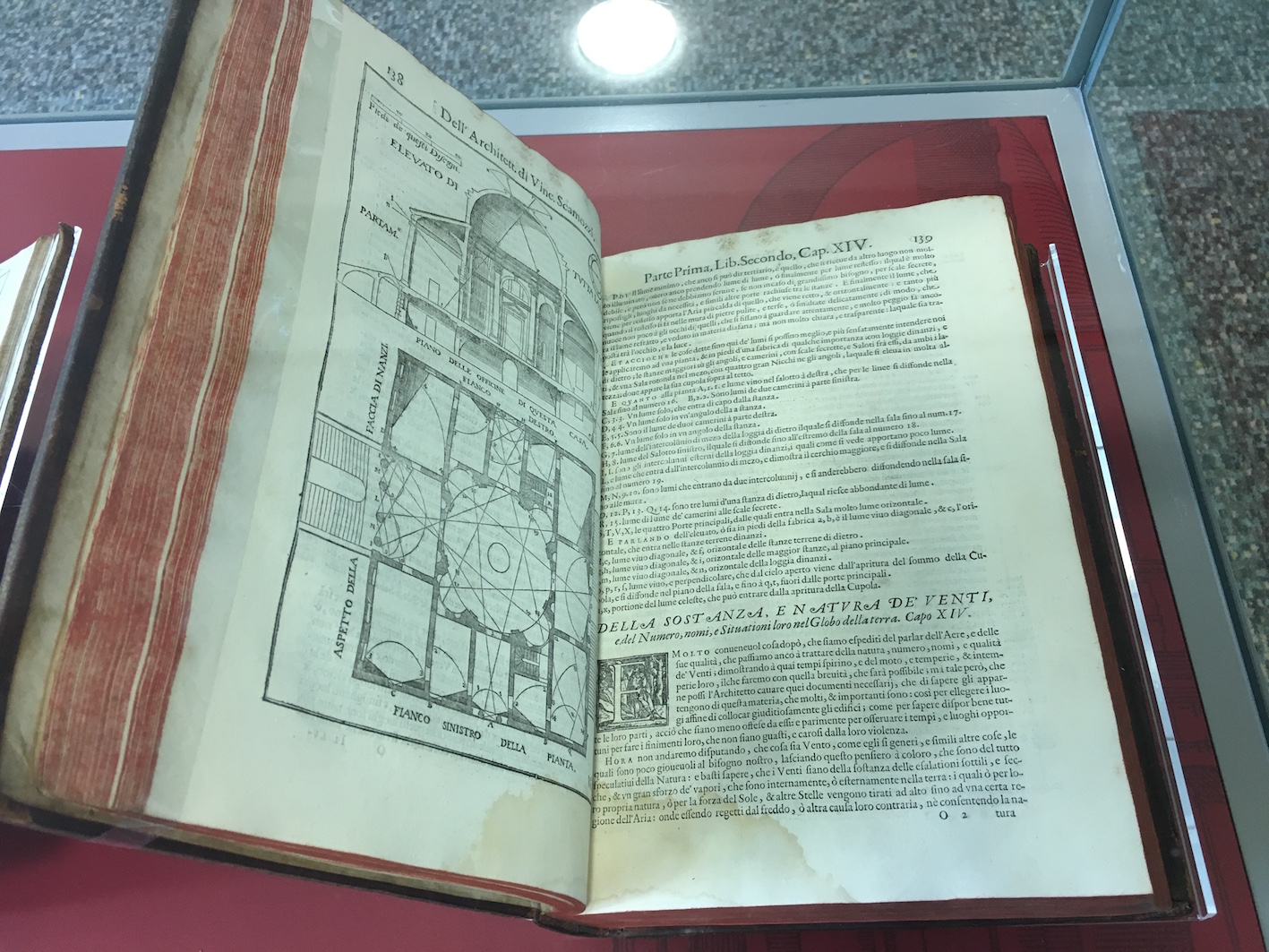
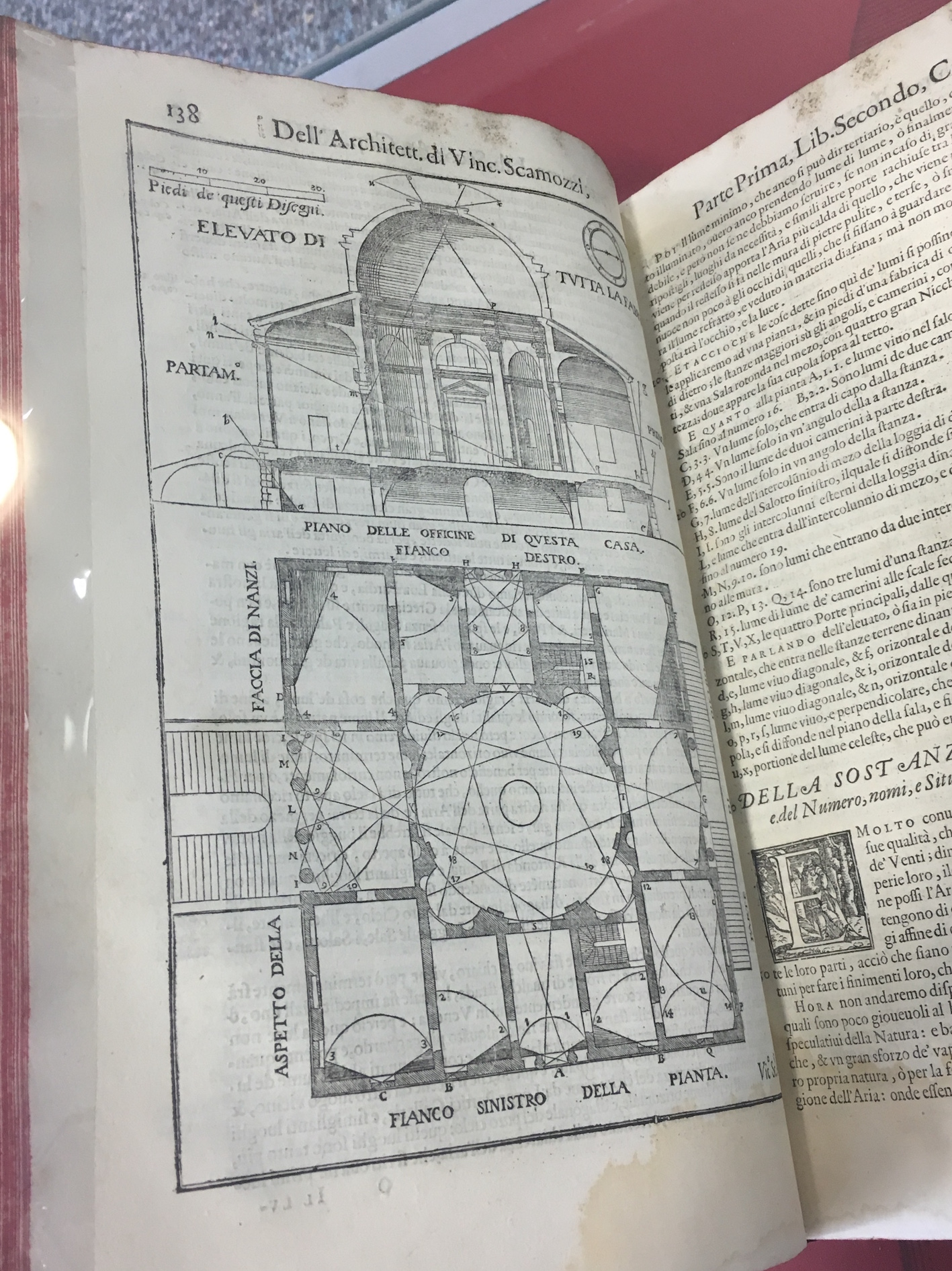
This exhibition is running from mid-April until mid-June on the 6th floor of the Main Library on George Square. More details on times and dates are available here.
